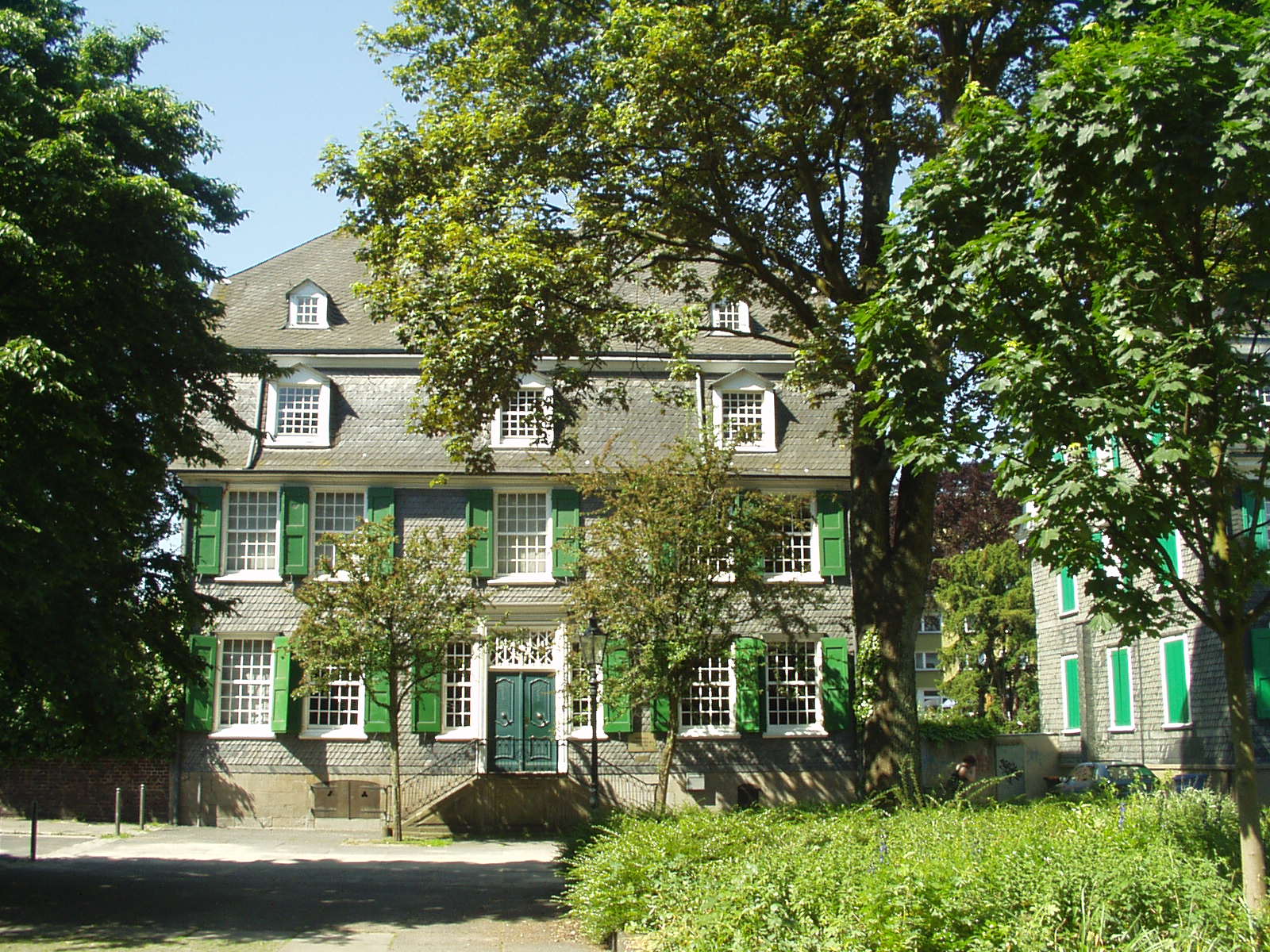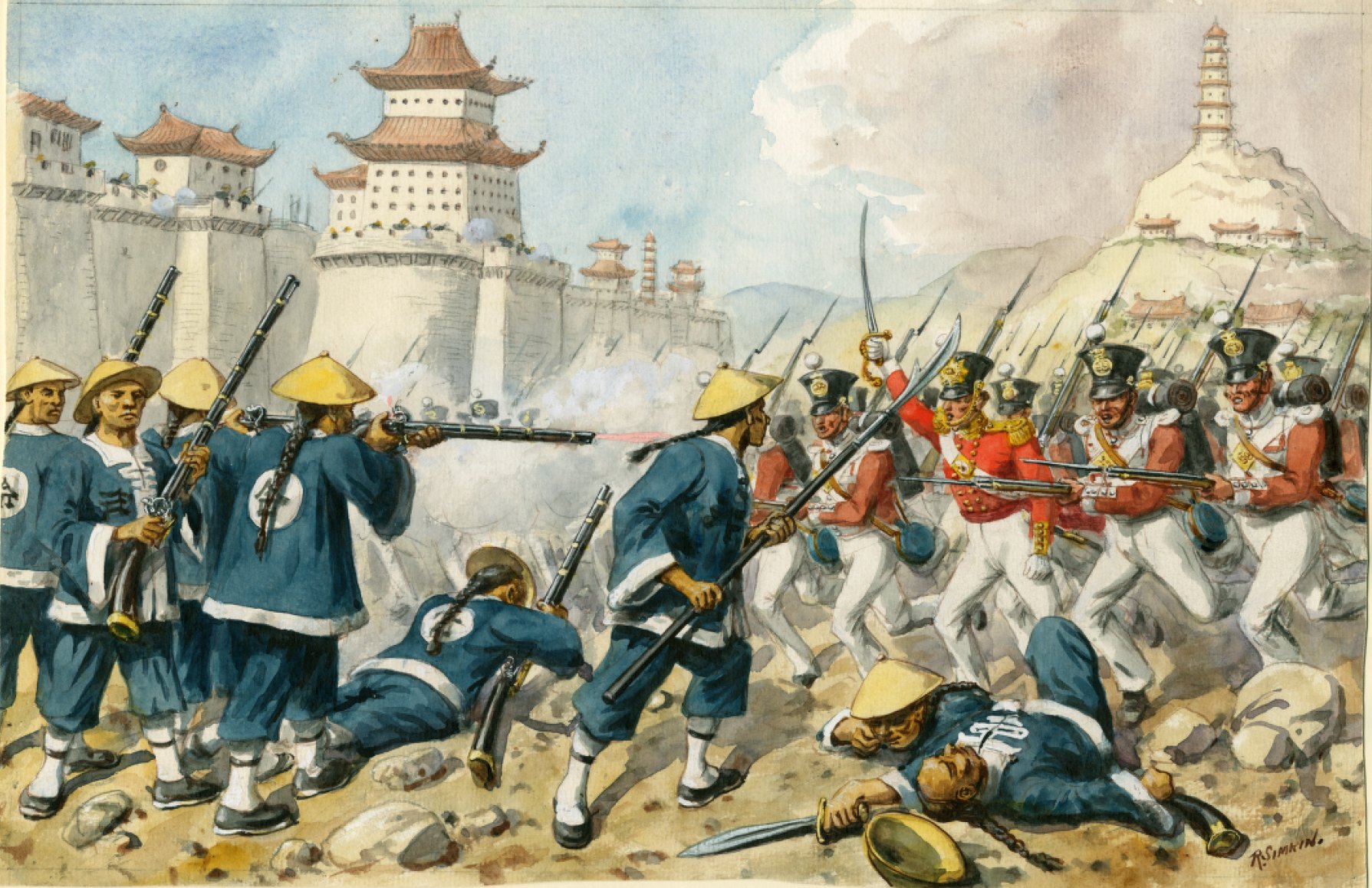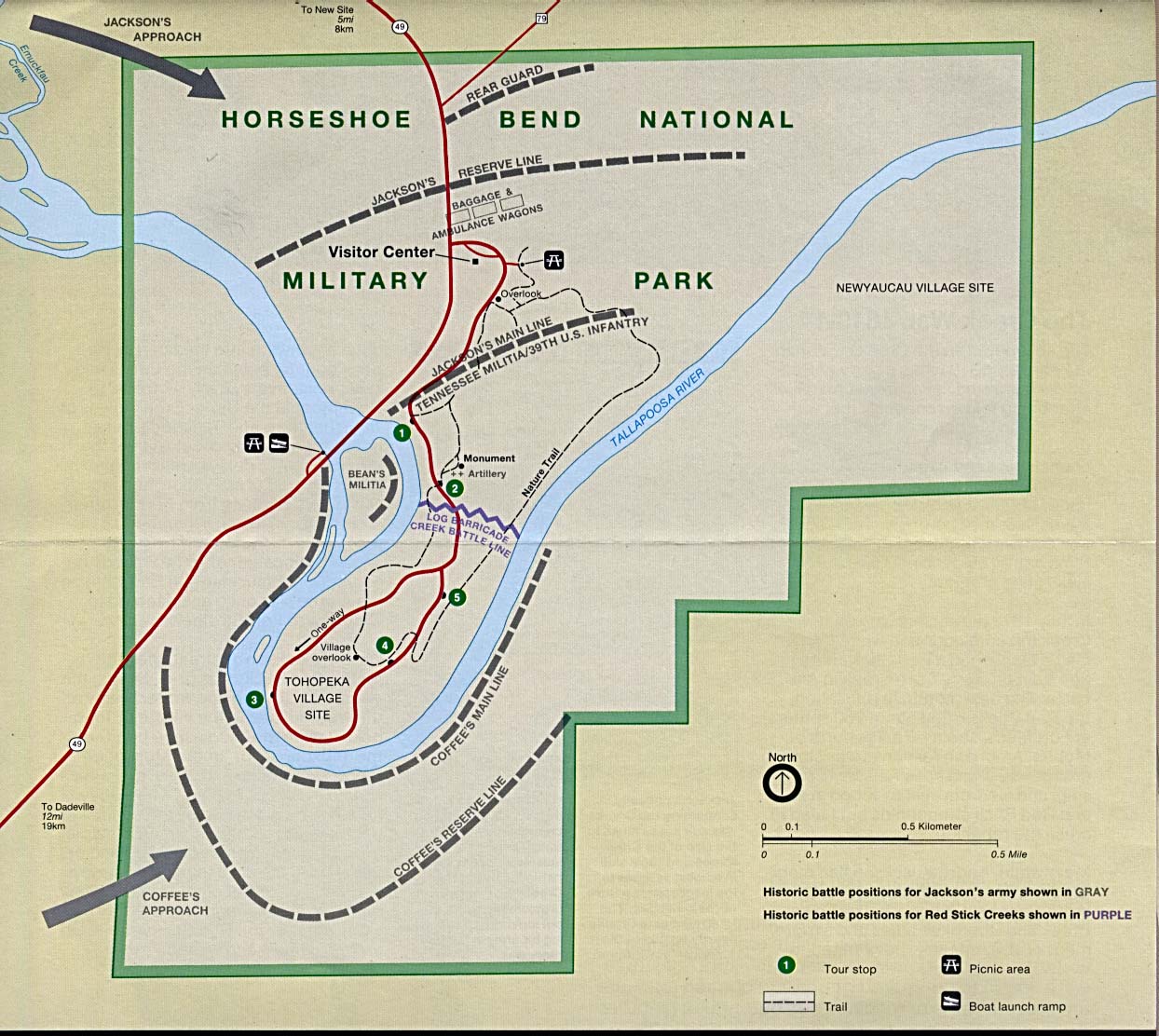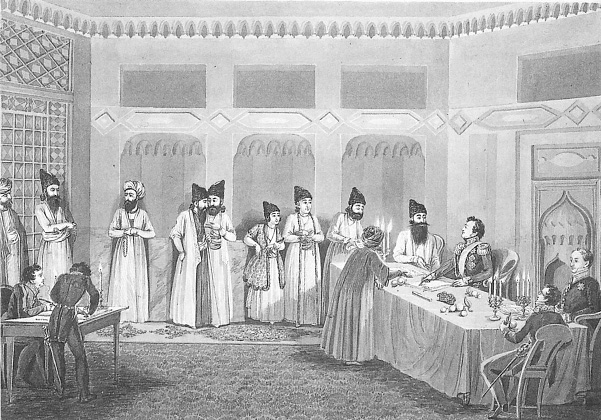|
21 February
Events Pre-1600 * 452 or 453 – Severianus, Bishop of Scythopolis, is martyred in Palestine. *1245 – Thomas, the first known Bishop of Finland, is granted resignation after confessing to torture and forgery. * 1440 – The Prussian Confederation is formed. 1601–1900 *1613 – Mikhail I is unanimously elected Tsar by a national assembly, beginning the Romanov dynasty of Imperial Russia. *1797 – A force of 1,400 French soldiers invaded Britain at Fishguard in support of the Society of United Irishmen. They were defeated by 500 British reservists. *1804 – The first self-propelling steam locomotive makes its outing at the Pen-y-Darren Ironworks in Wales. *1808 – Without a previous declaration of war, Russian troops cross the border to Sweden at Abborfors in eastern Finland, thus beginning the Finnish War, in which Sweden will lose the eastern half of the country (i.e. Finland) to Russia. *1828 – Initial issue of the Cherokee Phoeni ... [...More Info...] [...Related Items...] OR: [Wikipedia] [Google] [Baidu] |
Severianus, Bishop Of Scythopolis
Saint Severianus (died 21 February 453) was bishop of Scythopolis in Palestine. He was martyred and is considered a saint. His feast day is 21 February. Life Scythopolis was made the capital of the new province of ''Palaestine secunda'' around 400 by the emperor Theodosius II. The relationship between the bishop of Scythopolis and the metropolitan of Caesarea was not well defined. Severianus was appointed bishop of Scythopolis, metropolitan of the province of Palestine II. His name is among the signatories to the Definition of Faith of the Council of Chalcedon (451), but he probably was not present at the council. Severianus was killed because he had implemented the Chalcedonian faith among the Christians of Palestine. He was murdered during the unrest caused by the Definition of the Faith, which stated that the divinity and humanity of Christ were two distinct but inseparable natures, contradicting the archimandrite Eutyches. Butler's account The hagiographer Alban Butler A ... [...More Info...] [...Related Items...] OR: [Wikipedia] [Google] [Baidu] |
1804
Events January–March * January 1 – Haiti gains independence from France, and becomes the first black republic, having the only successful slave revolt ever. * February 4 – The Sokoto Caliphate is founded in West Africa. * February 14 – The First Serbian uprising begins the Serbian Revolution. By 1817, the Principality of Serbia proclaims self-rule from the Ottoman Empire, the first nation-state in Europe to do so. * February 15 – New Jersey becomes the last of the northern United States to abolish slavery. * February 16 – First Barbary War: Stephen Decatur leads a raid to burn the pirate-held frigate at Tripoli to deny her further use by the captors. * February 18 – Ohio University is chartered by the Ohio General Assembly. * February 21 – Cornishman Richard Trevithick's newly built ''Penydarren'' steam locomotive operates on the Merthyr Tramroad, between Penydarren in Merthyr Tydfil and Abercynon in South Wales, following several trials since Febr ... [...More Info...] [...Related Items...] OR: [Wikipedia] [Google] [Baidu] |
Karl Marx
Karl Heinrich Marx (; 5 May 1818 – 14 March 1883) was a German philosopher, economist, historian, sociologist, political theorist, journalist, critic of political economy, and socialist revolutionary. His best-known titles are the 1848 pamphlet ''The Communist Manifesto'' and the four-volume (1867–1883). Marx's political and philosophical thought had enormous influence on subsequent intellectual, economic, and political history. His name has been used as an adjective, a noun, and a school of social theory. Born in Trier, Germany, Marx studied law and philosophy at the universities of Bonn and Berlin. He married German theatre critic and political activist Jenny von Westphalen in 1843. Due to his political publications, Marx became stateless and lived in exile with his wife and children in London for decades, where he continued to develop his thought in collaboration with German philosopher Friedrich Engels and publish his writings, researching in the British Mus ... [...More Info...] [...Related Items...] OR: [Wikipedia] [Google] [Baidu] |
1848
1848 is historically famous for the wave of revolutions, a series of widespread struggles for more liberal governments, which broke out from Brazil to Hungary; although most failed in their immediate aims, they significantly altered the political and philosophical landscape and had major ramifications throughout the rest of the century. Ereignisblatt aus den revolutionären Märztagen 18.-19. März 1848 mit einer Barrikadenszene aus der Breiten Strasse, Berlin 01.jpg, Cheering revolutionaries in Berlin, on March 19, 1848, with the new flag of Germany Lar9 philippo 001z.jpg, French Revolution of 1848: Republican riots forced King Louis-Philippe to abdicate Zeitgenössige Lithografie der Nationalversammlung in der Paulskirche.jpg, German National Assembly's meeting in St. Paul's Church Pákozdi csata.jpg, Battle of Pákozd in the Hungarian Revolution of 1848 Events January–March * January 3 – Joseph Jenkins Roberts is sworn in, as the first president of the ind ... [...More Info...] [...Related Items...] OR: [Wikipedia] [Google] [Baidu] |
Sewing Machine
A sewing machine is a machine used to sew fabric and materials together with thread. Sewing machines were invented during the first Industrial Revolution to decrease the amount of manual sewing work performed in clothing companies. Since the invention of the first sewing machine, generally considered to have been the work of Englishman Thomas Saint in 1790, the sewing machine has greatly improved the efficiency and productivity of the clothing industry. Home sewing machines are designed for one person to sew individual items while using a single stitch type at a time. In a modern sewing machine, the process of stitching has been automated so that the fabric easily glides in and out of the machine without the inconvenience of needles, thimbles and other tools used in hand sewing. Early sewing machines were powered by either constantly turning a handle or with a foot-operated treadle mechanism. Electrically-powered machines were later introduced. Industrial sewing machines, by co ... [...More Info...] [...Related Items...] OR: [Wikipedia] [Google] [Baidu] |
1842
Events January–March * January ** Michael Alexander takes office, as the first appointee to the Anglican-German Bishopric in Jerusalem. ** American medical student William E. Clarke of Berkshire Medical College becomes the first person to administer an inhaled anesthetic, to facilitate a surgical procedure (dental extraction). * January 6– 13 – First Anglo-Afghan War – Massacre of Elphinstone's army (Battle of Gandamak): British East India Company troops are destroyed by Afghan forces on the road from Kabul to Jalalabad, Afghanistan, by Akbar Khan, son of Dost Mohammad Khan. * January 8 – Delft University of Technology is established by William II of the Netherlands, as a 'Royal Academy for the education of civilian engineers'. * January 23 – Antarctic explorer James Clark Ross, charting the eastern side of James Ross Island, reaches a Farthest South of 78°09'30"S. * February 1 – Willamette University is established in Salem, Oregon. * February 7 – B ... [...More Info...] [...Related Items...] OR: [Wikipedia] [Google] [Baidu] |
Sequoyah
Sequoyah (Cherokee language, Cherokee: ᏍᏏᏉᏯ, ''Ssiquoya'', or ᏎᏉᏯ, ''Se-quo-ya''; 1770 – August 1843), also known as George Gist or George Guess, was a Native Americans in the United States, Native American polymath of the Cherokee Nation. In 1821, he completed his independent creation of the Cherokee syllabary, making Reading (process), reading and writing in Cherokee possible. His achievement was one of the few times in recorded history that an individual who was a member of a pre-literate group created an original, effective writing system. His creation of the syllabary allowed the Cherokee nation to be one of the first North American Indigenous groups to have a written language. Sequoyah was also an important representative for the Cherokee nation, by going to Washington, D.C. to sign two relocations and trading of land treaties. After seeing its worth, the people of the Cherokee Nation (19th century), Cherokee Nation rapidly began to use his syllabary and ... [...More Info...] [...Related Items...] OR: [Wikipedia] [Google] [Baidu] |
Cherokee Syllabary
The Cherokee syllabary is a syllabary invented by Sequoyah in the late 1810s and early 1820s to write the Cherokee language. His creation of the syllabary is particularly noteworthy as he was illiterate until the creation of his syllabary. He first experimented with logograms, but his system later developed into a syllabary. In his system, each symbol represents a syllable rather than a single phoneme; the 85 (originally 86) characters provide a suitable method for writing Cherokee. Although some symbols resemble Latin, Greek, Cyrillic, and Glagolitic letters, they are not used to represent the same sounds. Description Each of the characters represents one syllable, as in the Japanese ''kana'' and the Bronze Age Greek Linear B writing systems. The first six characters represent isolated vowel syllables. Characters for combined consonant and vowel syllables then follow. The charts below show the syllabary in recitation order, left to right, top to bottom as arranged by Samuel W ... [...More Info...] [...Related Items...] OR: [Wikipedia] [Google] [Baidu] |
Cherokee Phoenix
The ''Cherokee Phoenix'' ( chr, ᏣᎳᎩ ᏧᎴᎯᏌᏅᎯ, translit=Tsalagi Tsulehisanvhi) is the first newspaper published by Native Americans in the United States and the first published in a Native American language. The first issue was published in English and Cherokee on February 21, 1828, in New Echota, capital of the Cherokee Nation (present-day Georgia). The paper continued until 1834. The ''Cherokee Phoenix'' was revived in the 20th century, and today it publishes both print and Internet versions. 19th century In the mid-1820s the Cherokee tribe was being pressured by the government, and by Georgia in particular, to remove to new lands west of the Mississippi River, or to end their tribal government and surrender control of their traditional territory to the United States (US) government. The General Council of the Cherokee Nation established a newspaper, in collaboration with Samuel Worcester, a missionary, who cast the type for the Cherokee syllabary. The Council ... [...More Info...] [...Related Items...] OR: [Wikipedia] [Google] [Baidu] |
1828
Events January–March * January 4 – Jean Baptiste Gay, vicomte de Martignac succeeds the Comte de Villèle, as Prime Minister of France. * January 8 – The Democratic Party of the United States is organized. * January 22 – Arthur Wellesley, 1st Duke of Wellington succeeds Lord Goderich as Prime Minister of the United Kingdom. * February 19 – The Boston Society for Medical Improvement is established in the United States. * February 21 – The first American-Indian newspaper in the United States is published, named "Cherokee Phoenix". * February 22 – Treaty of Turkmenchay: By this Russian-Persian peace treaty signed on February 10 at Torkamanchay, Persia (Iran), the latter country is forced irrevocably to cede the territories of the Erivan Khanate (most of present-day central Armenia and the northern Iğdır Province of Turkey), the Nakhichevan Khanate (most of the modern-day Nakhchivan Autonomous Republic of Azerbaijan), the remainder of the Talysh Khanate (so ... [...More Info...] [...Related Items...] OR: [Wikipedia] [Google] [Baidu] |
Finnish War
The Finnish War ( sv, Finska kriget, russian: Финляндская война, fi, Suomen sota) was fought between the Gustavian era, Kingdom of Sweden and the Russian Empire from 21 February 1808 to 17 September 1809 as part of the Napoleonic Wars. As a result of the war, the eastern third of Sweden was established as the autonomous Grand Duchy of Finland within the Russian Empire. Other notable effects were the Riksdag of the Estates, Swedish parliament's adoption of a Instrument of Government (1809), new constitution and the establishment of the House of Bernadotte, the new Swedish Act of Succession, Swedish royal house, in 1818. Background After the Russian Emperor Alexander I of Russia, Alexander I concluded the 1807 Treaty of Tilsit with Napoleon, Alexander, in his letter on 24 September 1807 to the Swedish King Gustav IV Adolf, informed the king that the peaceful relations between Russia and Sweden depended on Swedish agreement to abide by the limitations of the Tr ... [...More Info...] [...Related Items...] OR: [Wikipedia] [Google] [Baidu] |








